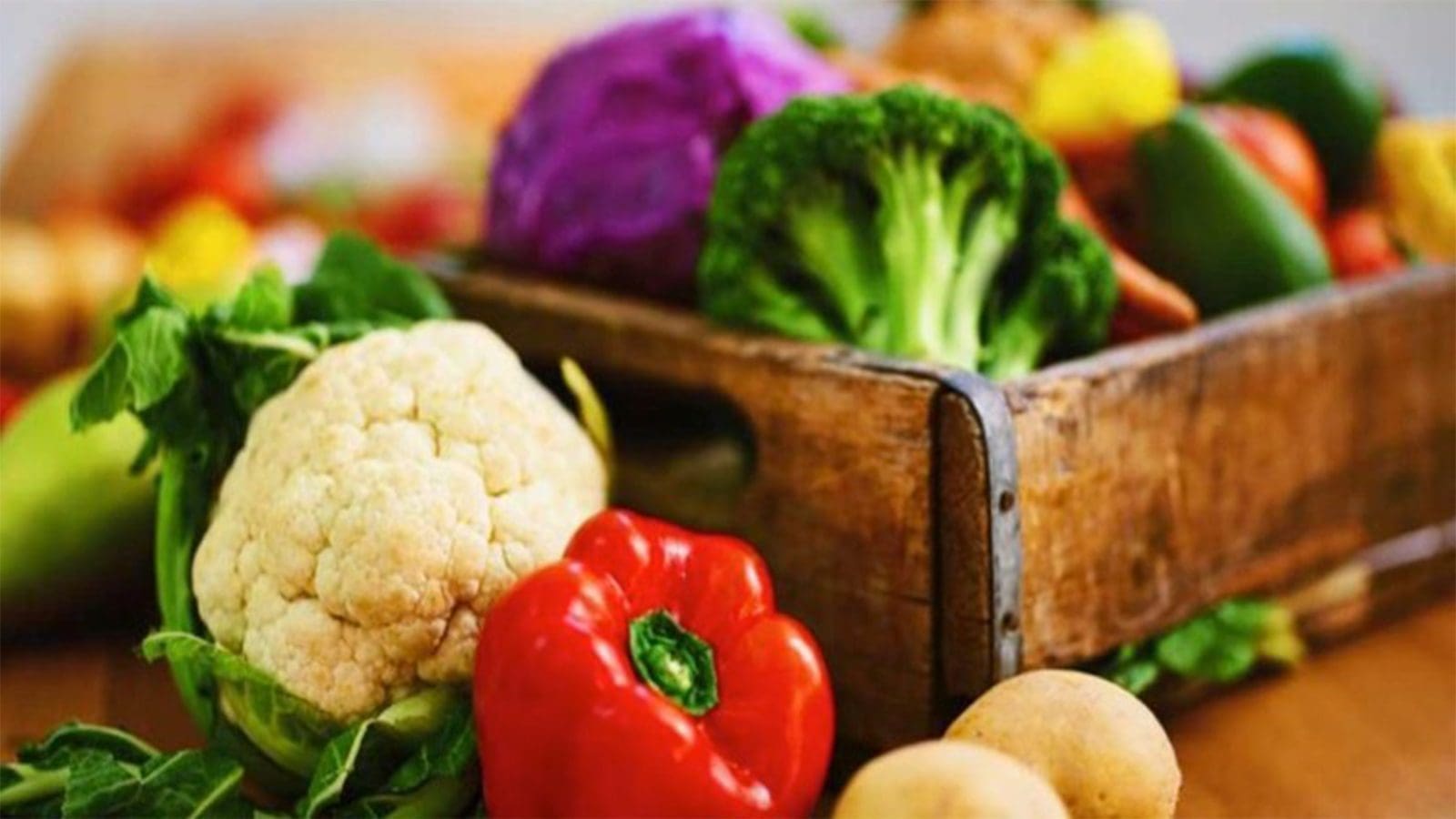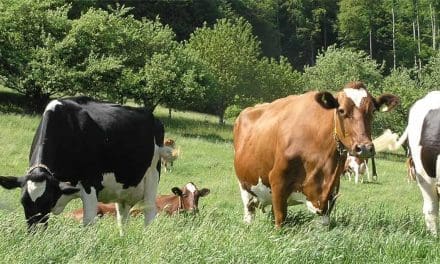EUROPE – The European Food Safety Authority’s (EFSA) 2021 assessment on pesticides in foods has revealed that the majority of foods sold on the EU market have levels of pesticide residues below the legally permissible maximum residue levels (MRLs).
However, due to grapefruits, the rate at which pesticide residues for sampled products exceeded MRLs has slightly increased in recent years.
In the EU in 2021, a total of 87,863 food samples were collected for the report. The results’ analysis revealed that 96.1 percent of the samples were within the limits of what was allowed by law.
The EU-coordinated control program (EU MACP) also evaluated a selection of 13,845 samples, and 97.9% of these samples were below MRLs.
EFSA’s annual report also includes data gathered as part of national control efforts carried out by individual EU Member States, Norway, and Iceland, in addition to harmonized and comparable data acquired under EU MACP.
EU MACP collects samples of 12 food products at random for analysis. Aubergines, bananas, broccoli, grapefruits, melons, sweet peppers, table grapes, virgin olive oil, wheat, bovine fat, and chicken eggs were among the food samples that were gathered in 2021.
58.1 percent (8,043 samples) of the samples evaluated by the EU MACP were found to be residue-free, 39.8 percent (5,507) to have at least one residue at quantities below or equal to MRLs, and 2.1 percent (295) to have residues beyond the allowable limits.
Every three years, the same set of products are sampled, allowing for the detection of upward or decrease trends over time.
Member States must report data on each of the 190 pesticides listed in the EU MACP. The target is calculated considering the minimum number of samples (683 samples per commodity) to be reported by each country and compared against the total number of reported results.
Pesticide residues surpassed the MRL at a higher rate overall in 2021 (2.1%) compared to 2018 (1.4%). The average MRL exceedance rate in 2021, excluding grapefruits, was 1.4 percent, the same as in 2018.
Among individual food commodities, MRL exceedance rates rose from 2015 to 2018 and to 2021 in aubergines, bananas, sweet/bell peppers, and wheat. An increasing trend was also observed in cultivated fungi from 2018 to 2021.
The European Commission tightened border controls in 2021 after EU Member States raised concerns about the increasing prevalence of pesticide residues in grapefruits imported from outside the EU.
Exceedance rates fell for broccoli, chicken eggs, melons, table grapes, and virgin olive oil.
On the EFSA website, accessible charts and graphs showing the full results of the control programs are available.
In addition to analyzing the findings of the sampling and analysis of pesticide residues, EFSA also performed a dietary risk assessment.
Additionally, a prototype probabilistic assessment of a selection of chemicals was made for the first time utilizing the available data.
According to the analysis, it’s unlikely that the 2021 food items under study will have a negative impact on consumer health. Nevertheless, the paper makes a number of suggestions to improve the effectiveness of European pesticide residue control regimes.
For all the latest food safety news from Africa and the World, subscribe to our NEWSLETTER, follow us on Twitter and LinkedIn, like us on Facebook and subscribe to our YouTube channel.








